Nội dung bài viết
Kỳ thi cấp bằng B1 tiếng Anh yêu cầu thí sinh phải thi 4 kỹ năng Nghe, Nói, Đọc, Viết. Trong bài viết này, Vivian sẽ chia sẻ về cấu trúc đề thi đọc hiểu tiếng Anh B1, 2 đề thi đọc hiểu tiếng Anh B1 Vstep và định dạng sau đại học. Sau cùng, bạn sẽ được thực hành một bài tập đọc hiểu tiếng Anh trình độ B1 có đáp án để so sánh và đôi chiếu kết quả. Với bài thi Vstep reading thì bạn sẽ cần phải làm đúng tối thiểu 4/10 câu nhé.
Cấu trúc đề thi đọc hiểu tiếng Anh B1
Hiện nay có 2 đề thi chứng chỉ tiếng Anh B1 theo định dạng Vstep và định dạng sau đại học. Phần lớn các trường được cấp chứng chỉ tiếng Anh B1 tổ chức thi theo định dạng Vstep cho mọi đối tượng bao gồm thạc sỹ. Tuy nhiên, một số trường vẫn còn tổ chức kỳ thi tiếng Anh B1 sau đại hoc để công nhận chuẩn đầu ra thạc sỹ nội bộ khi tổ chức tại chính các trường đó. Cùng xem cấu trúc đề thi đọc hiểu tiếng Anh B1 theo 2 định dạng này ở phần sau đây.
Đề thi đọc hiểu tiếng Anh B1 Vstep
Đề thi Đọc hiểu tiếng Anh B1 Vstep gồm có
- 4 bài đọc hiểu tiếng Anh B1 có tổng độ dài khoảng 2000 từ.
- 40 câu hỏi đọc hiểu trắc nghiệm
- Mỗi bài đọc tiếng Anh B1 có 10 câu
- Xem thêm: Đề thi Vstep reading có đáp án tại đây
- Xem thêm: Hướng dẫn làm bài thi đọc hiểu Vstep reading.
Đề thi đọc hiểu tiếng Anh B1 sau đại học
Bài đọc tiếng Anh B1 Phần 1 (10 câu - 10 điểm)
Cho 10 câu riêng lẻ có một từ bỏ trống trong mỗi câu và dựa trên kiến thức từ vựng, ngữ pháp, ngữ nghĩa và kiến thức văn hóa, xã hội để chọn đáp án đúng trong 4 lựa chọn ABCD
Bài đọc tiếng Anh B1 Phần 2 (5 câu -5 điểm)
Đọc 5 biển báo hiệu, biển quảng cáo thường xuyên gặp trong đời sống hàng ngày (dạng tranh ảnh có ít chữ hoặc không có chữ) hoặc thông báo ngắn. Chọn đáp án đúng là câu giải nghĩa đúng với nội dugn hình ảnh.
Đề thi đọc tiếng Anh B1 Phần 3 (5 câu - 5 điểm)
Đọc hiểu trắc nghiệm ABCD các bài dài khoảng 200 - 250 từ để chọn đáp án. Bài đọc được lấy nguồn từ báo hoặc tạp chí đơn giản dễ hiểu, thường gặp trong đời sống hàng ngày.
Đề thi đọc hiểu tiếng Anh B1 Phần 4 (10 câu - 10 điểm).
Đọc điền từ vào 10 chỗ trống dựa trên 15 từ cho sẵn. Bài đọc có độ dài khoảng 150 từ với 10 chỗ trống.
Phương pháp làm bài thi đọc hiểu tiếng Anh B1
Để cải thiện kỹ năng đọc hiểu tiếng Anh B1, bạn cần phải lưu ý đến những điểm sau.
Nâng cao vốn từ vựng tiếng Anh các chủ đề
Từ vựng là yếu tố then chốt giúp bạn hiểu nội dung các bài đọc hiểu tiếng Anh B1. Nếu vốn từ vựng quá ít thì dù bạn có áp dụng kỹ năng gì đi nữa cũng khó có thể đoán nghĩa từ vựng khi đọc.
Lời khuyên cho bạn là học từ vựng tiếng Anh B1 theo chủ đề để mở rộng vốn từ vựng.
- Xem thêm: Học từ vựng B1 tiếng Anh
Đọc hiểu nhiều chủ đề khác nhau ở trình độ tiếng Anh B1
Kiến thức nền tảng cũng quan trọng không kém trong quá trình đọc hiểu B1 tiếng Anh. Khi tiếp cận với nhiều chủ đề thì bạn cũng sẽ tự động nâng cao vốn từ vựng và kiến thức về chủ đề đó.
Đọc về sở thích của bản thân bằng tiếng Anh
Bạn sẽ học được nhiều nhất khi đọc tài liệu tiếng Anh B1 liên quan đến sở thích của mình. Ví dụ, nếu bạn thích thời trang thì thay vì đọc bằng tiếng Việt, hãy thử tìm các bài báo tạp chí tiếng Anh về fashion và bạn sẽ học được rất nhiều từ vựng tiếng Anh B1 về chủ đề đó và sẽ dần cải thiện được kỹ năng đọc hiểu của mình.
Làm quen với cấu trúc đề thi đọc hiểu tiếng Anh B1 và các dạng câu hỏi thường gặp
Trước khi bắt đầu thi tiếng Anh B1, bạn sẽ cần phải tìm hiểu cấu trúc đề thi tiếng Anh B1 môn đọc hiểu và xem các dạng câu hỏi trong bài thi. Bạn cần phải biết được câu hỏi nào dễ, câu hỏi nào khó để dồn sức tập trung cho những câu hỏi dễ đạt điểm.
Làm nhiều bài tập đọc hiểu tiếng Anh B1 sát ngày thi
Càng gần đến ngày thi, bạn càng phải luyện tập thật nhiều đề thi đọc hiểu tiếng Anh B1. Việc làm bài đọc dưới áp lực thời gian sẽ giúp bạn tập trung cao độ vào phân tích, phán đoán nghĩa của từ theo văn cảnh và nâng cao khả năng đọc hiểu. Với bài thi đọc hiểu tiếng Anh B1 thì càng có nhiều thời gian đồng nghĩa với việc có thêm câu trả lời đúng. Vì vậy, hãy luôn căn giờ khi làm bài đọc hiểu nhé.
Xem thêm: Đề thi B1 tiếng Anh có đáp án tại đây.
Bài tập đọc hiểu tiếng Anh trình độ B1 có đáp án

Cùng Vivian luyện đọc một bài đọc hiểu tiếng Anh B1 sau đây trong tối đa 15 phút và tra đáp án cuối bài đọc hiểu nhé.
Indian rail travel is unavoidably dirty, and a balance must be struck between having the window shutters open to see the countryside and closing them against the heat and dust.
The air-conditioned carriages are generally comfortable, and the train catering manager takes orders, which he passes by phone to the next stop but two, where the food comes aboard in metal dishes. An excellent vegetarian meal of two curries, rice, pickle, nan bread, poppadorns and lassi was more than enough for my wife and I, and did not break the bank at 16 rupees (35p), although it was a fingers-in-the-dish exercise if you didn't have your own knife and fork. Rice plantations in the heat of the day gave way to cotton and maize fields in the evening, where farm workers stood on high stools cleaning the rice.
Our shower, breakfast and bed in the West End Hotel at Bangalore were never more welcome. The silks, silk shirts and ties in Mahatma Gandhi Road are irresistible when offered at half, or sometimes even a third of European prices, and comfortable, well-made leather sandals are of an equally good value.
The drive to Mysore took us via a silk farm, and families of monkeys began to appear at the roadside as the country became wilder. The Sultan Tipu’s summer house outside Mysore is a spacious monument to 19th century good taste, but it sinks to one-star status in comparison with the Maharajah's main palace in the town. Overwhelming in size and splendour, endless wealth has been spent on it over the years for the best that money could buy anywhere on earth. Its 100,000 lightbulb outline illumination is equally impressive after dark, and was extended for an extra half-hour at - presumably - the taxpayer’s expense, in honour of the Indian Finance Minister’s visit the night we were there.
Our driver broke the onward journey south at an ancient Hindu temple where we were warmly welcomed to join the service. After crossing the border from Karnataka into Kerala in the Mudumalai animal reserve, the road started its long climb into the hills. Through eucalyptus woods and tea plantations - the higher the crop, the better its quality - the air became cooler, the roadside greener and the lakes more frequent.
We reached the Fernhill Palace Hotel at Udagamandalam (Ootacamund, otherwise known as ‘Ooty’) in the early afternoon, left our driver and his car and, as if in a time machine, stepped back 60 years. Empty apart from ourselves and another couple, this former Maharajah's residence was a ghost house of faded colonial gentility. The ballroom with its padlocked grand piano, the drawing room, the dining room, the billiard room, the bar and the Maharajah's suite were all designed on the grand scale of half a century ago. Photographs along the corridors show the bursting self-confidence of Ooty’s expatriate society between the wars; today, they present a dusty canvas of distant memories.
1. When travelling on an Indian train,
A. it is hard to keep the windows open because they are not balanced
B. it is hot and dusty if the windows are closed.
C. you will get hot and dirty if you want to see the views.
D. the windows are very hot and dirty.
2. According to the passage, what is true about the food on the Indian train?
A. it could be ordered and cooked on the train.
B. it was cooked before it was put onto the train.
C. it was cooked at the start of the journey.
D. it was ordered before the journey.
3. The writer
A. paid a lot of money for the food.
B. was satisfied with the amount of food he was given.
C. needed to go to the bank to pay for the food.
D. took his own knife and fork.
4. What best paraphrases the sentence “it was a fingers-in-the-dish exercise if you didn't have your own knife and fork” in paragraph 2?
A. If you didn’t bring your own eating utensils, you would have to eat with your hands
B. Doing exercises with your fingers was ideal for those who didn’t have their own knife and fork.
C. You don’t need to bring your own knife and fork because they are common.
D. Your fingers would get dirty if you forgot your own knife and fork.
5. At the West End Hotel, the writer
A. was made very welcome.
B. was able to buy silk shirts and ties cheaply.
C. was grateful for a wash, some food and sleep.
D. had a very cheap room.
6. The Sultan's summer house
A. is not as impressive as the Maharajah's palace.
B. is in the main town of Mysore.
C. has monkeys living in it.
D. is quite small.
7. The main palace
A. was built in the 19th century.
B. is lit up all night
C. had special lights put on it for the Finance Minister's visit.
D. has many lights on it.
8. During their journey
A. the car broke down.
B. they were invited to a religious service.
C. they stopped at a tea plantation.
D. the landscape stayed the same.
9. At 'Ooty'
A. they lost their driver.
B. they visited a haunted palace.
C. they stayed in a former palace.
D. they stayed in a busy hotel.
10. The word “they” in paragraph 6 refers to
A. photographs
B. corridors
C. wars
D. memories
Đáp án: 1C 2B 3B 4A 5C 6A 7D 8B 9C 10A
- Luyện tập thêm: Bài tập đọc hiểu tiếng Anh trình độ B1
- Tham khảo Mẫu viết thư bằng tiếng Anh B1 tại đây.



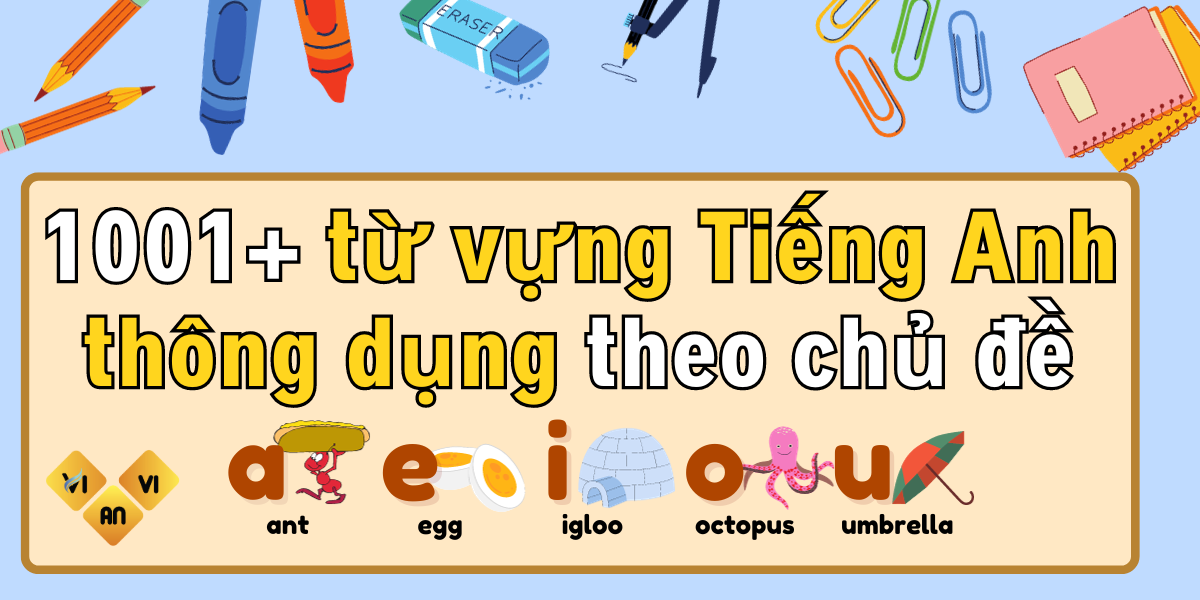


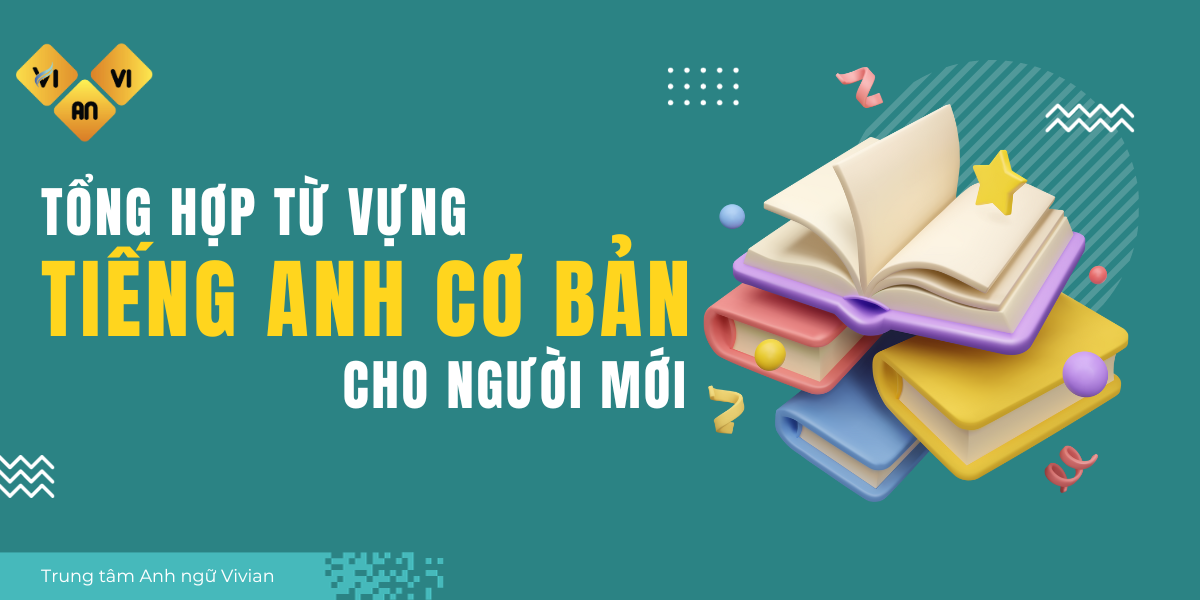
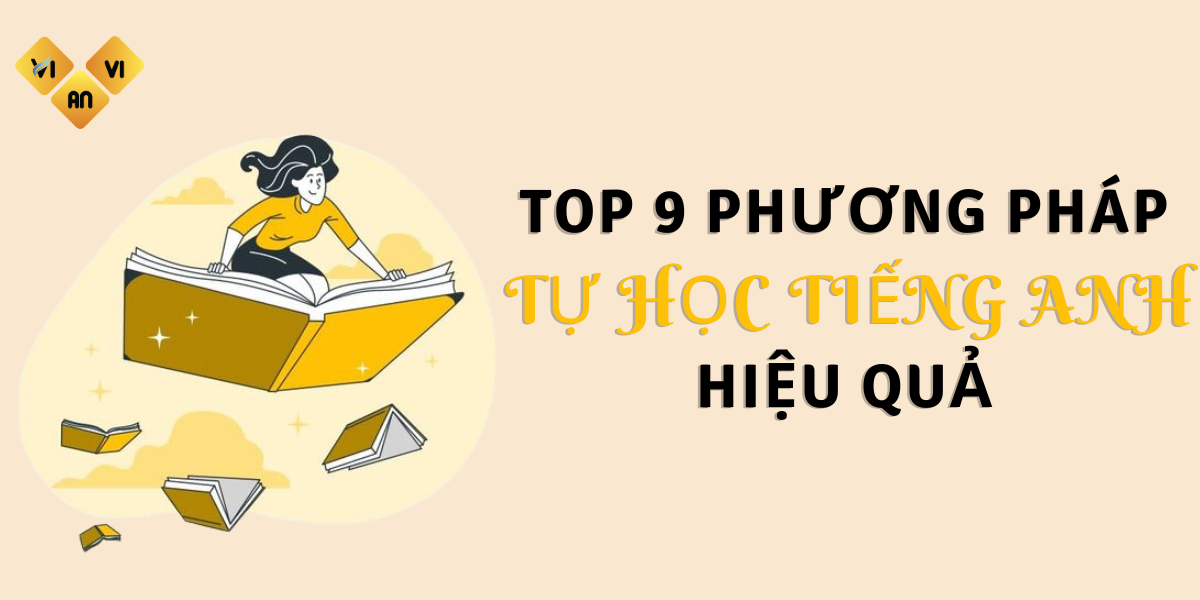
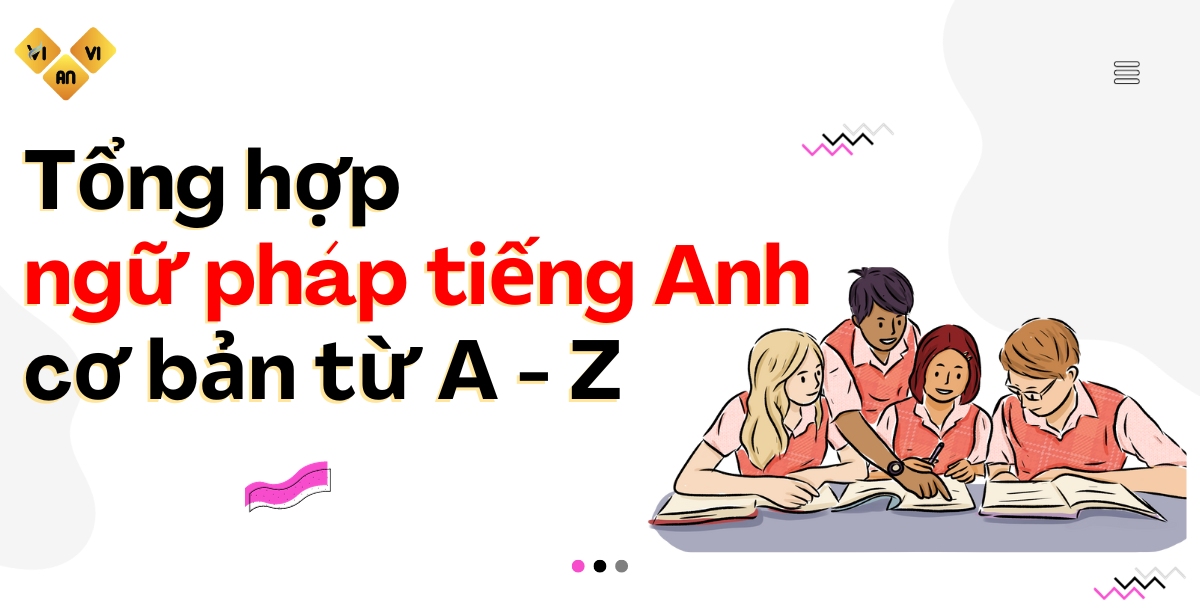
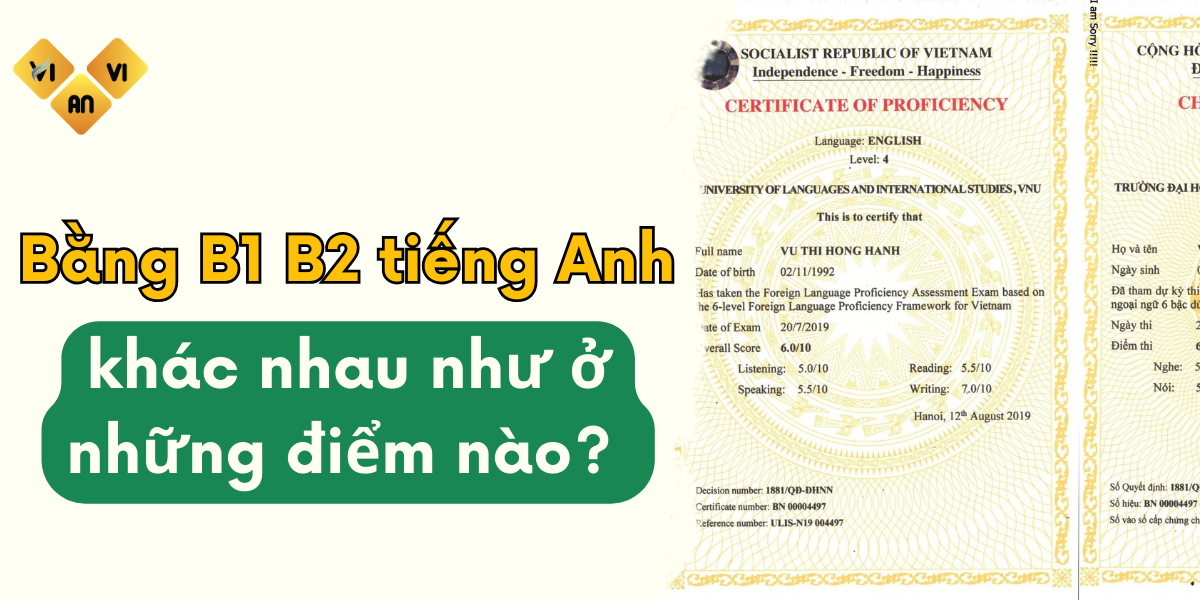
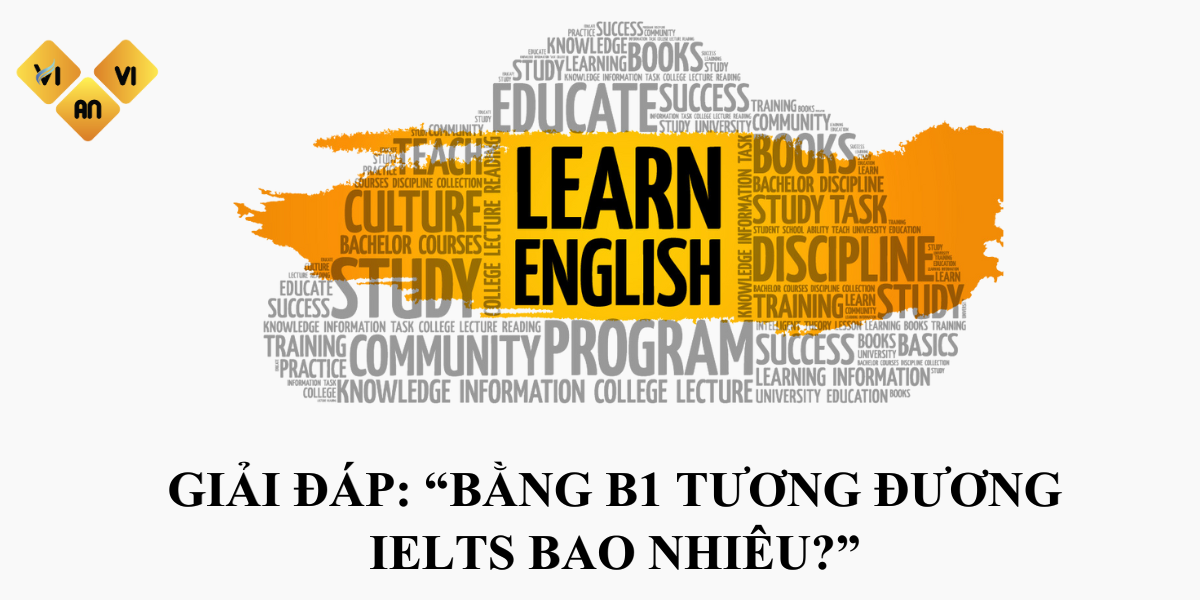
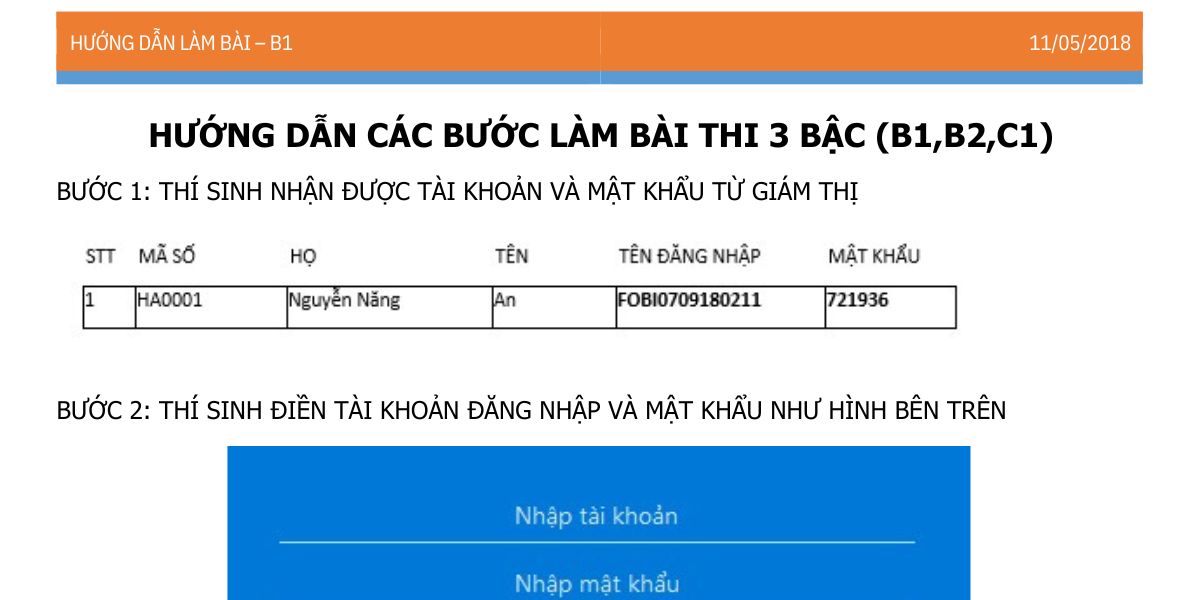
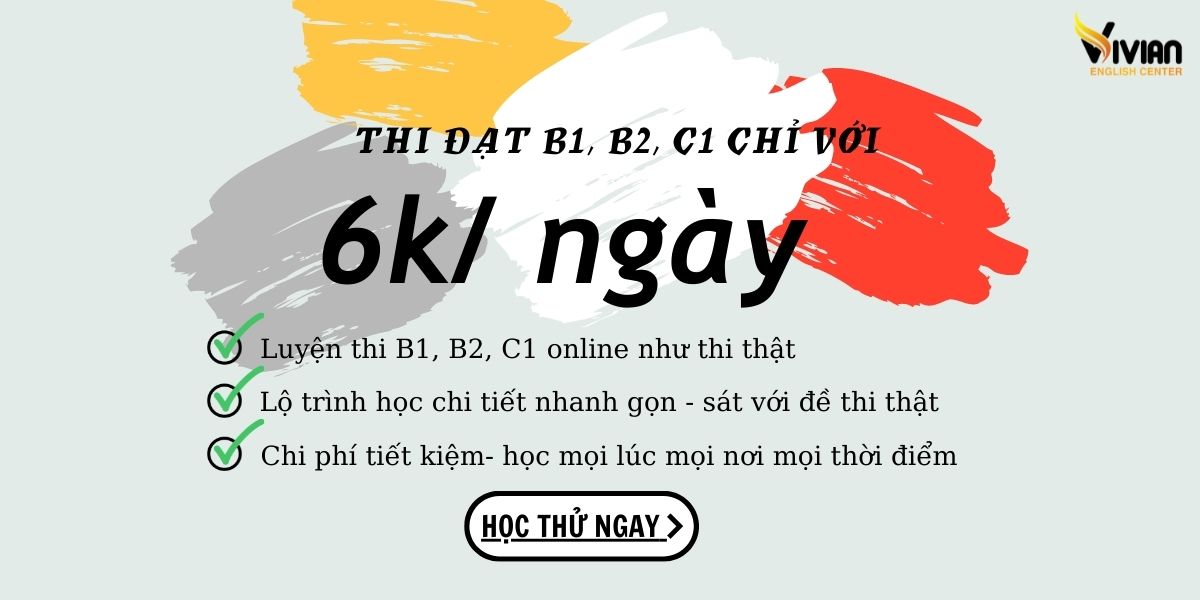
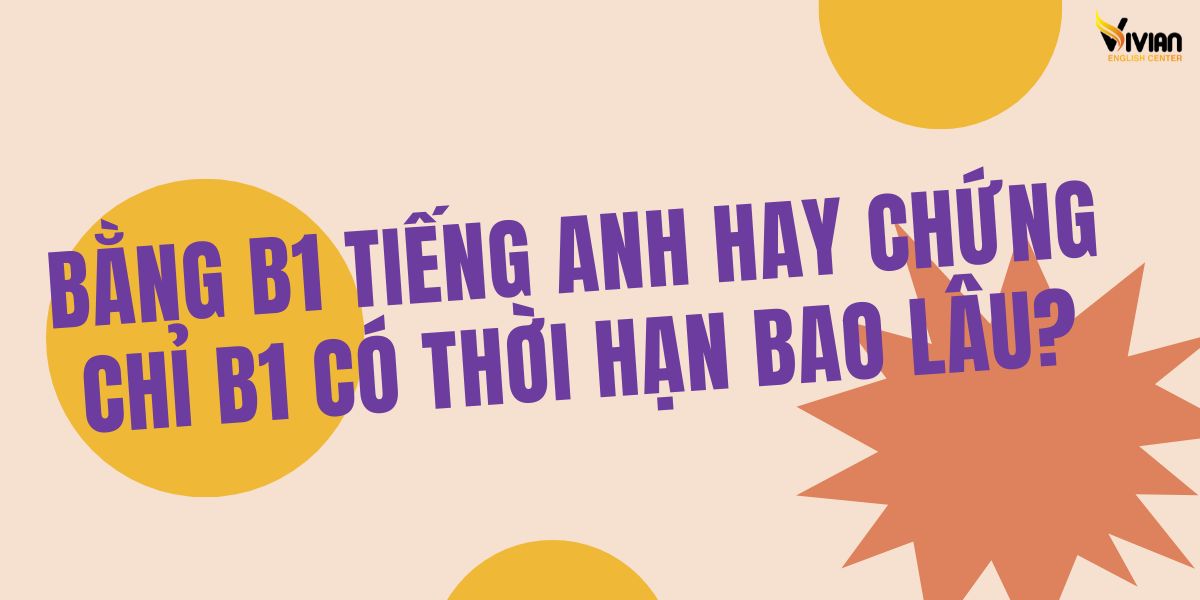
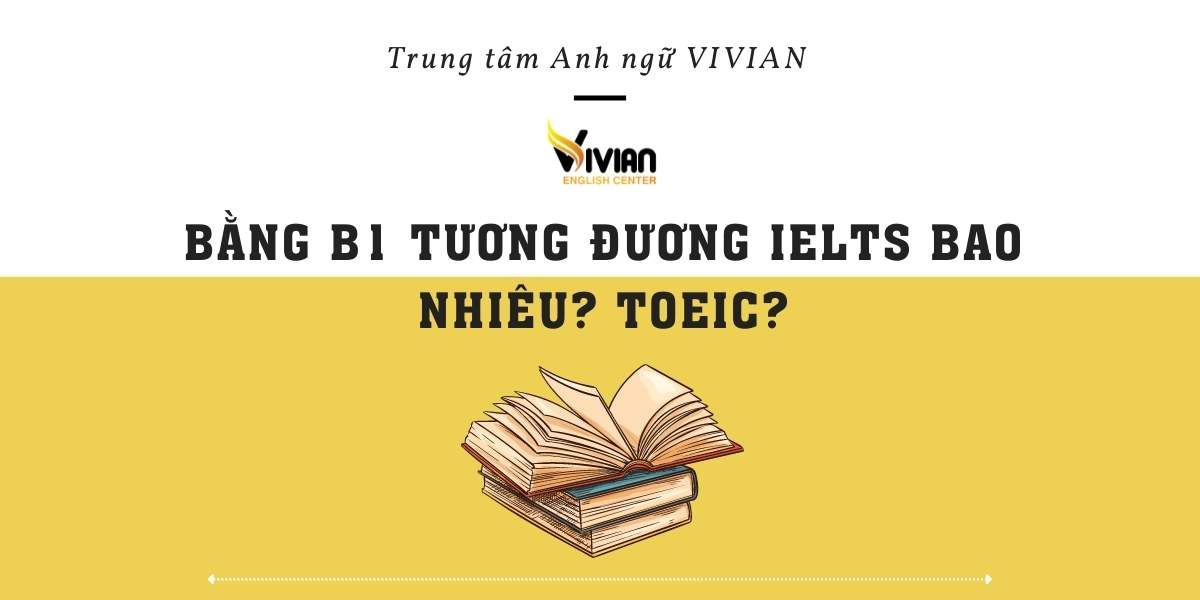
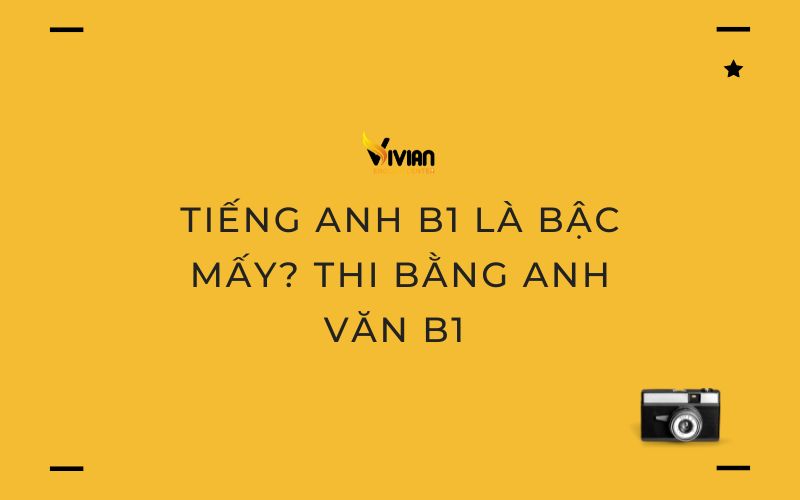
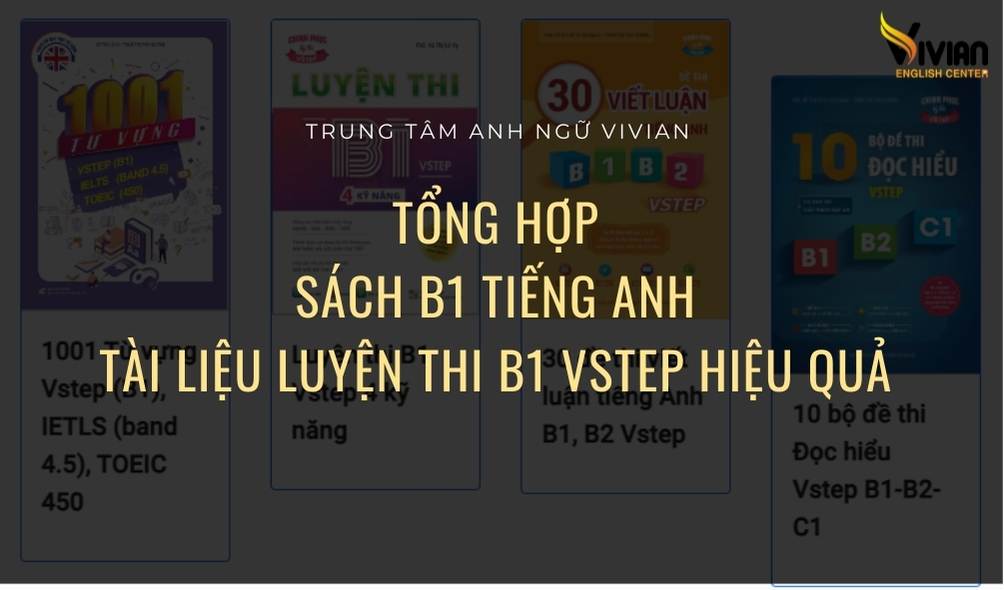

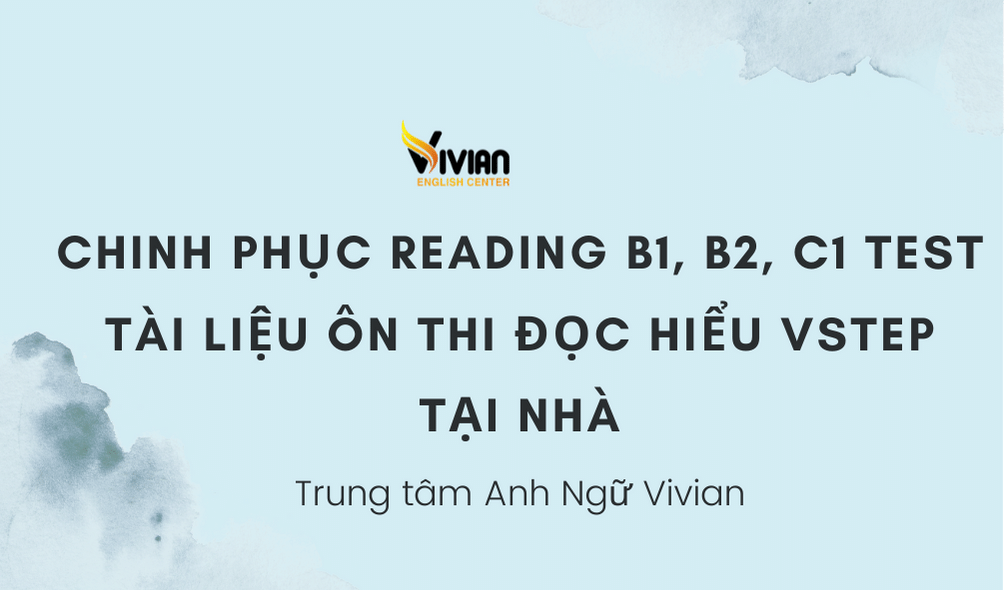
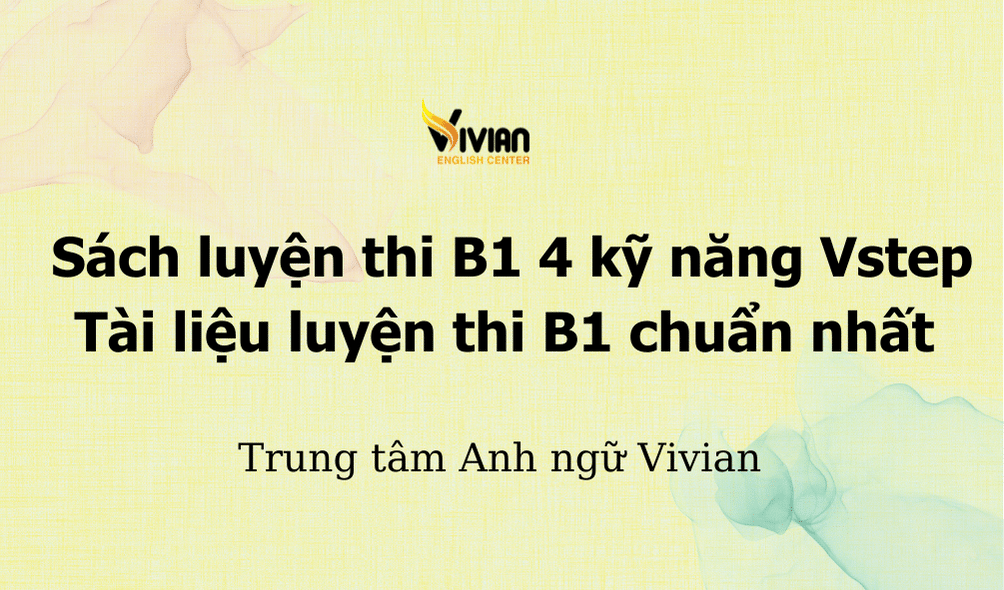
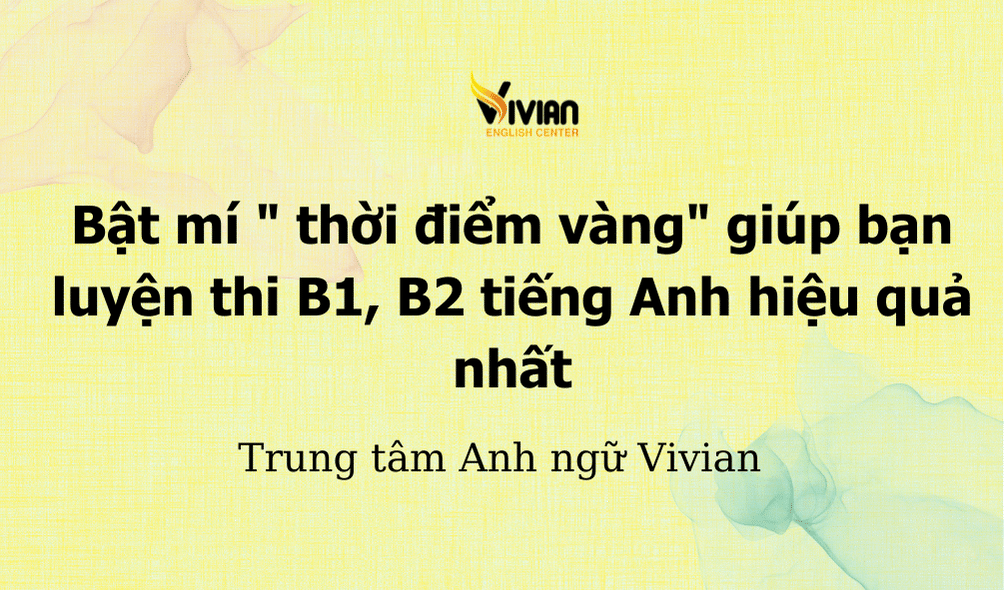
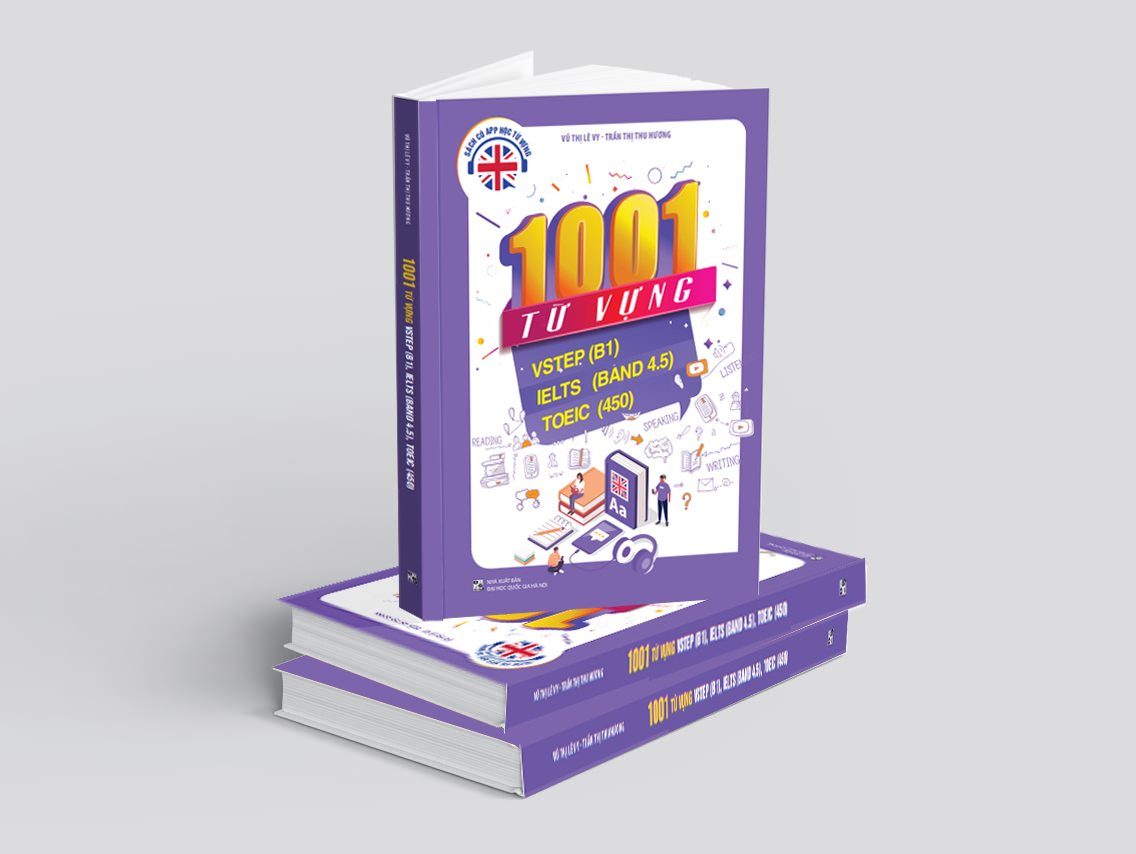



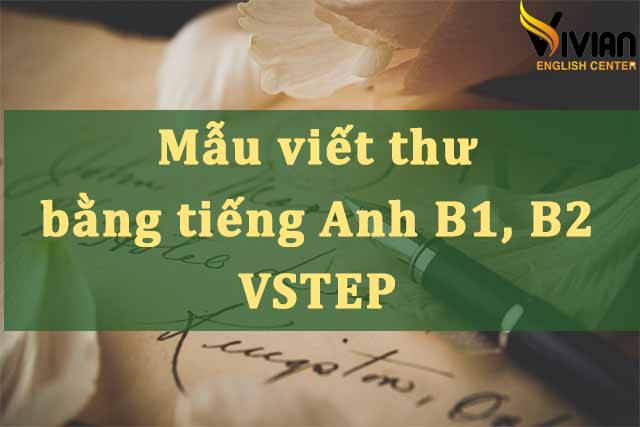
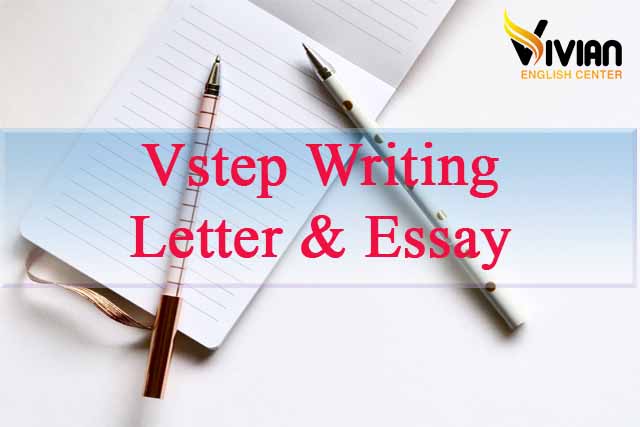


![[Vstep Writing] Hướng dẫn giải đề thi Viết luận tiếng Anh B1, B2, C1 Đại học Cần Thơ ngày 17.10.2020 [Vstep Writing] Hướng dẫn giải đề thi Viết luận tiếng Anh B1, B2, C1 Đại học Cần Thơ ngày 17.10.2020](https://vietbai.vivian.edu.vn/Data/Sites/1/media/anhqc/bai-viet/4.jpg)




